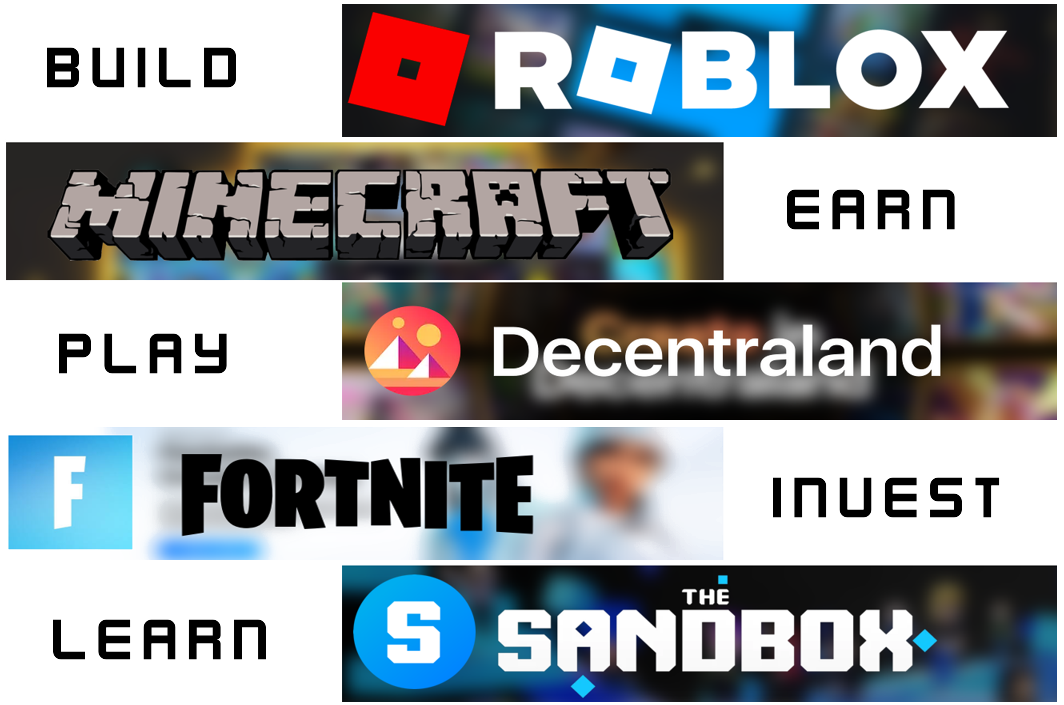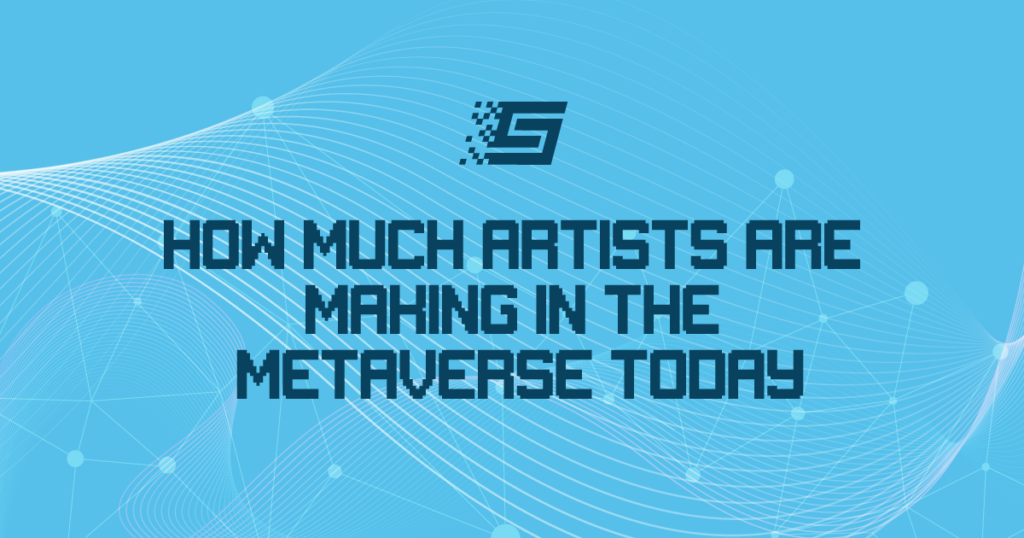
Predictions for the metaverse in 2023
Despite the adverse market conditions of 2022, the metaverse trend continued to gain traction. This helped metaverse platforms like The Sandbox and Decentraland to keep up with their activities and events, even after losing users to the crypto bear market. So, what will the metaverse industry be like in 2023? This article will consider some predictions for the metaverse in the current year.
More brands might enter the metaverse
The metaverse has proven to be an excellent way for users to interact. This fact will continue to move, leading companies to invest in learning more about how avatars work. Both brands and their employees have seen the benefits of working remotely and expanding globally. Therefore, the metaverse will serve as a tool that helps organizations engage in complex and effective interaction. Moreover, it will aid companies in organizing global meetings far beyond the scope of video conferencing.
Another reason behind this metaverse prediction is that more brands are registering for metaverse-related services. Last year, multiple brands applied for over 5000 trademarks connected with the word “virtual world.” Interestingly, these trademarks occurred within a month in the US alone. Hence, we can safely predict that similar occurrences will happen in different parts of the world this year.
Seeing how the metaverse can help to present digital versions of physical goods have also moved some brands to adopt it. They believe that it should positively impact their business and help them improve how employees work and how they offer and distribute goods.
Virtual Staff
In 2022, many countries of the world witnessed a high level of inflation and unfavorable economic conditions. Thus, some companies had to cut down on the size of their staff. However, when the economy improves, these companies will need to call back old staff or hire new ones.
Meanwhile, companies that embrace the metaverse have a better opportunity that leads us to another metaverse prediction. Such companies have the edge over others because they can employ virtual staff. A virtual staff is quite similar to a remote worker. However, these kinds of workers are not bound by the material constraints of the physical world.
For instance, while a remote worker can be interrupted within his workspace by others, a virtual staff uses an avatar within a virtual workspace. Therefore, when others interact with the worker in real life, it is not noticeable within the metaverse workspace.
Also, these workers can organize their activities and interact better with their colleagues. Of course, companies must have policies to manage virtual staff, and they might need a direct means of communication between virtual and real staff to increase productivity.
Metaverse police
The high rate of cybercrime gives a good reason for this metaverse prediction. As new metaverse technologies emerge, cybercriminals might use the technology for malicious actions. Serious crimes such as sexual harassment, hacking, and identity theft are not uncommon in the virtual space.
For instance, a group of male metaverse users once tried to use their avatars to gang-rape the avatar of a female user. With these kinds of situations in mind, laws should be in place to protect metaverse users.
The United Arab Emirates, a metaverse-oriented country, took a bold step to tackle metaverse crime. UAE’s Ajman Police is currently using the metaverse to provide security services to its inhabitants, and these services are expected to improve in 201+23.
Reduction of carbon footprint
Due to the adverse effect of climate change, world leaders keep pushing for a reduction in carbon footprint. Experts have begun to realize how the metaverse can help minimize carbon emissions.
Consider how much energy firms and businesses use to care for their staff. And not to mention the amount of fuel we use to power vehicles that convey us to different working destinations daily. These activities leave behind a heavy volume of carbon footprint.
On the other hand, the metaverse allows anyone to work in any firm without leaving their home. Since most jobs are now achievable from home, firms will begin to consider taking their jobs to the metaverse. By doing that, they will help reduce the amount of fossil fuel we consume.
Coexistence of multiple metaverse platforms
Most Blockchain metaverses are decentralized, meaning any entity cannot monopolize them. However, none of them are currently interoperable. Of course, multiple metaverse platforms can coexist even when they offer different services.
For instance, metaverse developers can create bridges that allow users to move their assets from one virtual world to another. This is possible since developers have been able to connect blockchains. Connecting multiple virtual worlds will mean you can shop for a wearable on Decentraland and wear it on your avatar in The Sandbox.
Government Involvement
As noted earlier, UAE is one of the countries working to build a state-owned metaverse. Other world governments might follow suit to solve their citizen’s problems with metaverse technology. For instance, the UAE government is working on a metaverse center for its Ministry of Health and Prevention. They hope to offer health services like an instant diagnosis to citizens from their homes.
Similarly, some government agencies are using the metaverse to simulate how to tackle real problems. They create a digital twin of situations to prepare better for emergencies.
For example, it will be easier to handle a natural disaster if agencies clearly see how it might play out. Using virtual worlds, they can simulate how an earthquake will occur and the level of damage it will cause. In addition, governments can use virtual reality and haptic response to train their military.
As innovation continues in the metaverse industry, advanced ways of using virtual worlds will emerge. Such innovations will also help to shape the metaverse in 2023 and the coming years.


